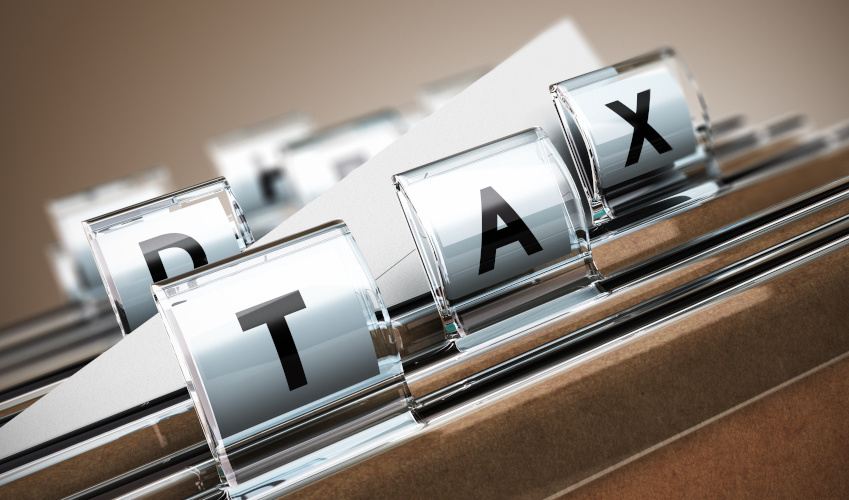‘Overlooked’ benefits with segregating assets in accumulation
Segregating assets in an SMSF for the sole purpose of supporting an accumulation account can have some valuable tax benefits where the fund is allowed to do so, according to a technical expert.
Heffron SMSF Solutions head of customer Meg Heffron said that while the segregation of assets is often talked about in the context of pensions, the Income Tax Assessment Act 1997 also allows trustees to set aside assets exclusively to support accumulation benefits.
In an online blog, Ms Heffron provided an example of a fund with two members to explain how it might be useful for clients.
Both the members have $1 million accumulation balances at the beginning of the year, Ms Heffron said. On 1 January, one of the members starts a retirement phase pension while the other remains in accumulation phase.
“In the normal course of events, this fund would obtain an actuarial certificate for the whole year. It is likely that this certificate would show a percentage of approximately 25 per cent. In other words, 25 per cent of all of the investment income received throughout the whole year would be exempt from tax,” Ms Heffron said.
“This would apply to income before any pensions started, when the fund was actually 100 per cent in accumulation phase, as well as all income after the pension started, when the fund was actually 50 per cent in pension phase.”
Where it could become complicated, Ms Heffron explained, is if the fund sells a major property asset in June.
As it occurred at a time when the fund had around 50 per cent of its assets supporting pension accounts, the trustee might assume that 50 per cent of the capital gains will be exempt from tax, Ms Heffron said.
This is where the ability to segregate an asset to support an accumulation account can be vital, the head of customer explained.
“Since the fund is allowed to segregate its assets for tax purposes, the trustee can choose to elect that all its assets are segregated accumulation assets at 1 July until the pension starts on 1 January,” Ms Heffron stated.
“This helps because it means that the account balances for the first half of the year are completely ignored in working out the actuarial percentage, the percentage is therefore higher — in this case, it is likely to be around 50 per cent, and the percentage is applied to all income after 1 January.”
In this particular scenario, the head of customer said, it would mean that 50 per cent of the capital gain, after discounts, would be exempt from tax rather than only 25 per cent.
Ms Heffron noted that while the process for segregating assets for accumulation accounts is essentially the same as choosing to segregate specific assets for pension accounts, an actuarial certificate must be obtained when it is done for accumulation accounts.
“Since segregating assets is almost always talked about in the context of pensions, it is easy to overlook the fact that funds can also segregate assets to support accumulation accounts. The concept can, however, be just as valuable,” Ms Heffron said.
She also pointed out that an SMSF is only allowed to have segregated assets if at the end of the previous period no members had a total super balance of more than $1.6 million and a retirement phase pension.
Ms Heffron said: “If a fund is allowed to segregate, the trustee is allowed to have either segregated pension assets or segregated accumulation assets or both.”








